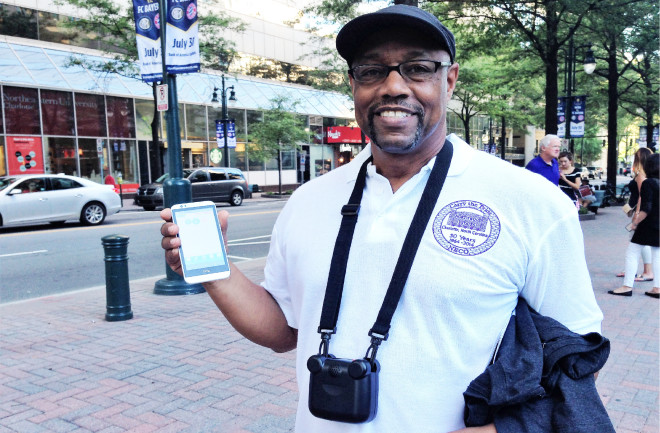The way we hear about air pollution can make us think it’s not about us. These large industrial stacks and smoky skies are in cities far away, filled with people we’ve never met, in places we don’t expect to be. Articles on the front pages of major news outlets describe air pollution in India, China, and Bangladesh, and they don’t always make the connection with people like me who live in the United States. After all, our air quality is good. Right?
Not according to the American Lung Association. In their "State of the Air 2019" report, they estimated that 43.3% of Americans (141.1 million people) live in counties where air quality doesn’t meet health standards. Worse, communities of color bear a disproportionate burden of these air quality problems. In fact, the Environmental Protection Agency (EPA) estimates over 100,000 people die each year due to complications from just a single type of air pollutant (particulate matter, or soot), costing us all $886 billion annually. That’s also more than double the mortality rate of breast cancer.


